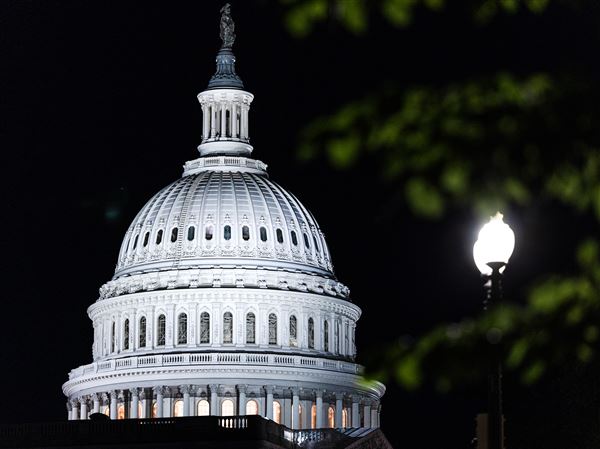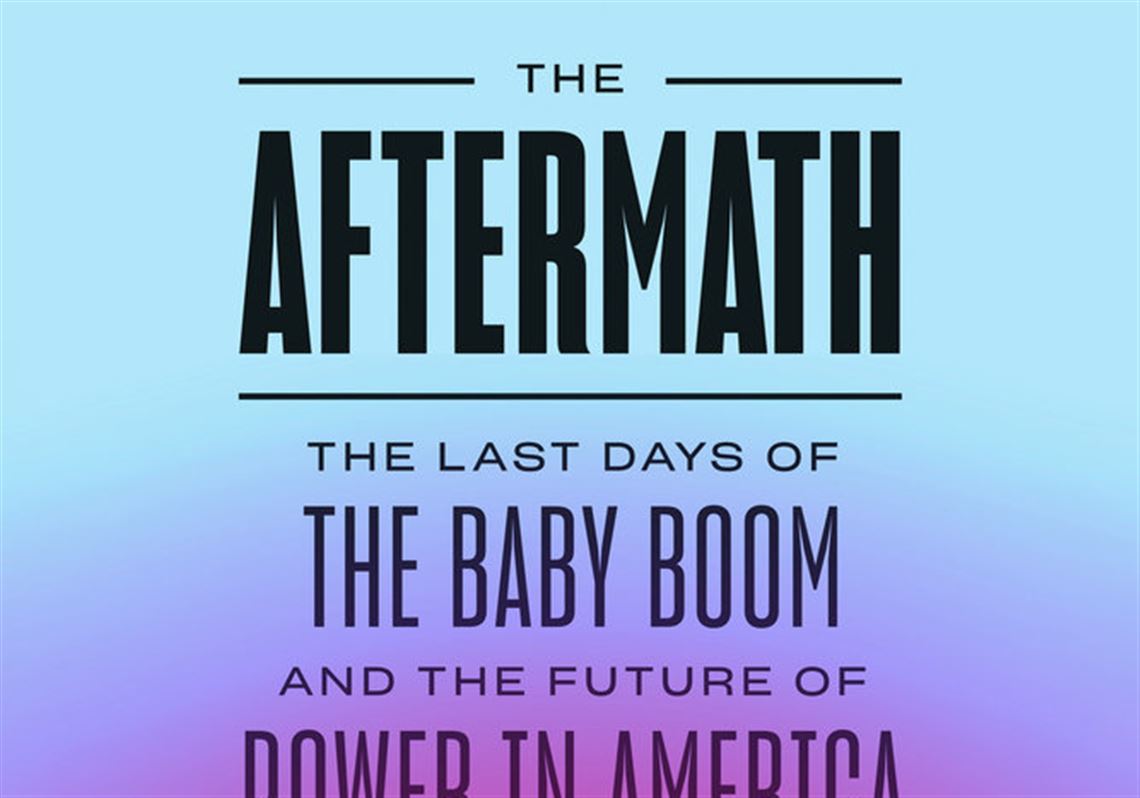In March 2021, the town of Auburn, Massachusetts, held a virtual groundbreaking ceremony for a project to convert public schools into housing for senior citizens.
Similar initiatives are occurring in other cities and towns where the population has shrunk. In 2019, for example, Allegheny County had more people over the age of 65 than people under 18.
In “The Aftermath,” Philip Bump draws on a tsunami of data in an immensely informative assessment of the last days of the baby boom generation and its impact on politics, education, religion and the economy of the United States.
Viking. ($30)
The baby boom, of course, refers to the huge number of people born in the United States between 1946 and 1964. The annual average of 4 million births, Bump notes, far outpaced the 2.4 million recorded in the 1930s. Boomers benefited from and contributed to post World War II prosperity: In 1958, they generated $33 billion in retail sales.
As they aged, boomers have accumulated considerable material assets and political clout. These days, they make up 23% of the population, own 50% of the nation’s wealth, 55% of corporate equities and mutual fund shares, and constitute 43% of homeowners. Boomers make up 25% of registered voters, 38% of those who cast ballots in 2018, and 58% of the U.S. Congress.
Born at a time in which immigration to the United States, especially from Asia, Africa and Latin America was severely restricted, boomers are far more likely to be white (and Protestant) than younger Americans. They are also more likely to attend church regularly and identify as members of a political party than millennials, and less likely to have a college degree.
In considering the baby boomers’ legacy, Bump is careful about generalizing from aggregate data. The national columnist for The Washington Post points out that the number of boomers is so large that the $74 trillion in assets they hold does not translate into greater wealth per capita (adjusted for inflation) than previous generations. And, he emphasizes, the substantial increase in wealth inequality in the United States means that most boomers will not be able to provide much – or any – money to their children or grandchildren to buy a home or pay off student debt.
Bump also provides an extended analysis of the implications of generational change on the future of American politics. He demonstrates that the Census Bureau’s politically explosive prediction that by 2040 the United States will be a majority-minority country is predicated on the perhaps mistaken assumption that bi-racial, multi-racial, and Hispanic individuals will not self-identify as white.
Bump debunks the proposition that voters shift to the right as they age. He indicates that Hispanics may turn out to be swing voters, veering across the political spectrum as they re-evaluate their identities, economic priorities and cultural values. And Bump thinks it is overly simplistic to expect reductions in the percentage of white (mostly Republican) voters to correlate with Democratic gains.
The United States, the author concludes, has reached an unprecedented moment: undergoing an immense generational shift amidst a deeply disturbing expansion of partisan political divisions and social media tools that, for good and ill, allow individuals to bond and band together.
We have weathered crises before, including those involving race and status, he reminds us. We can say with certainty that “the America into which the baby boomers were born is long gone and that the America they built is crumbling.” And affirm that we have considerable influence over our future.
“The uncertainty is over whether that America is replaced by ashes or, once again, a phoenix.”
Glenn C. Altschuler is the Thomas and Dorothy Litwin Professor of American Studies at Cornell University.
First Published: January 1, 2023, 11:00 a.m.

















